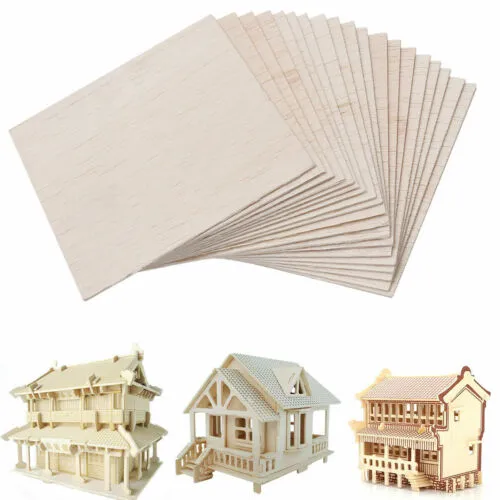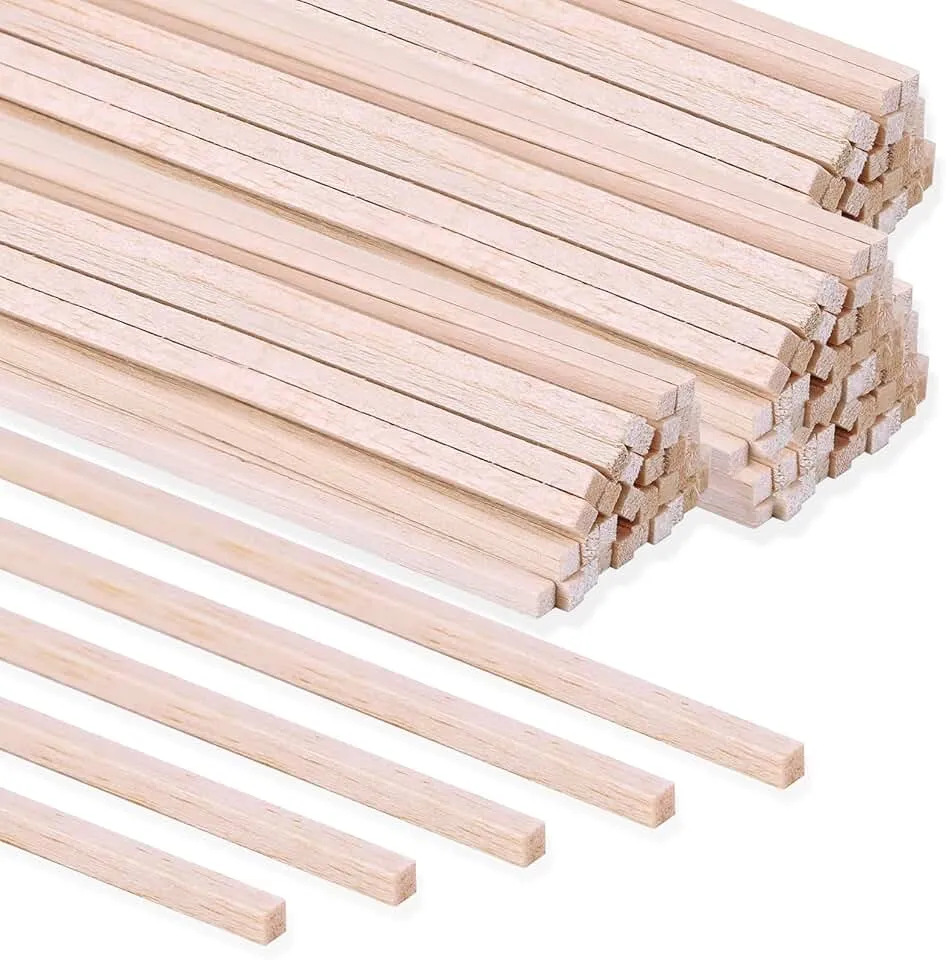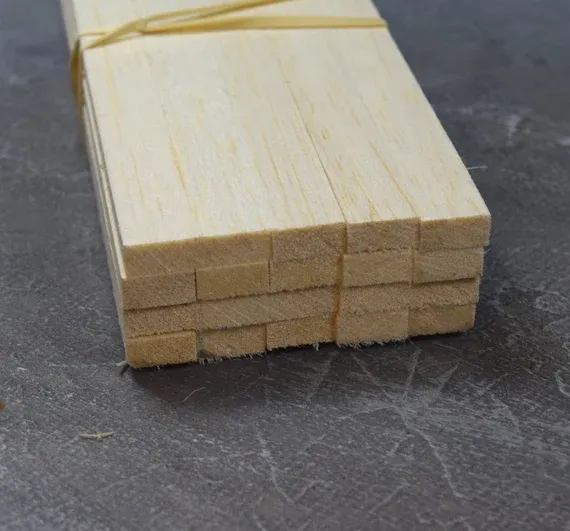Applications in Insulation and Construction
Uses of Lightweight Insulation Materials in Structures
Balsa Wood in Boats and Marine Crafts
Why It’s Ideal for Use in Marine Environments
Resilience in the Face of Water Damage
Renewable and Eco-Friendly Resources
How Balsa Wood Promotes Environmental Benefits of Sustainability
Balsa Wood as a Multipurpose Craft Substance
How Arts and Crafts Use It

Special Qualities for Crafting
The Function of Balsa Wood in Soundproofing Acoustic Properties
Why Sound Insulation Uses It
Comparing Balsa Wood with Other Wood Types: An Analysis of Oak, Pine, and Other Woods
Benefits and Drawbacks of Balsa Wood
Advice for Using the Tools You Need to Handle and Care for Balsa Wood
Knowing Grades and Quality Checks to Help You Select High-Quality Balsa Wood
Purchasing Advice for Novices Final FAQs
What is the primary purpose of balsa wood?
Is it possible to moisten balsa wood?
Is balsa wood environmentally friendly?
What is the strength of balsa wood?
Where can I purchase balsa wood of high quality?
Overview of Balsa Wood
With an amazing array of applications, balsa wood is a popular, lightweight, and adaptable material. But why is it so unique? In addition to being extraordinarily light, this unusual wood has a strength that many people are surprised by. Balsa wood’s distinctive qualities make it one of the most prized materials available, and its numerous uses in fields ranging from model-making to aerospace are well-known.
The Special Lightweight Properties of Balsa Wood

Balsa wood is renowned for being extremely light due to its low density. Because of this feature, it’s perfect for tasks that call for strength without being overly heavy. Balsa wood is easier to handle and install because it is lighter than pine and about as light as cork.
The ratio of Strength to Weight
Many people are surprised to learn that balsa wood has an extraordinary strength-to-weight ratio given its low weight. It is preferred in modeling, construction, and even aircraft components because of this characteristic, which enables it to withstand a considerable amount of force about its weight.
innate adaptability
Balsa wood has a certain amount of inherent flexibility in addition to strength and weight. It is a popular option for unique forms and patterns in many sectors since it is simple to bend and mold. Because of its flexibility, balsa wood can tolerate pressure and tension without breaking or cracking.
Types of Balsa Wood and Their Grades
Balsa wood is ranked according to its density and weight:
Lightweight Grade:
Ideal for applications where weight is crucial, such as modeling.
Medium Grade:
Provides a harmony of strength and adaptability for a range of building and craft tasks.
Heavyweight Grade:
Frequently utilized for structural applications requiring greater durability.
Production and Purchasing of Balsa Wood
Ecuador is one of the main sources of bamboo wood, which is mainly found in tropical areas. The wood is an environmentally friendly option because it is harvested sustainably to guarantee a low impact on the environment.
The Reasons for Using Balsa Wood in Model Building
Balsa wood is highly valued by model-making enthusiasts for its lightweight strength and ease of use, particularly when building model airplanes and structures. Because of its workability—which allows for easy cutting, sanding, and painting—it is perfect for intricate models that require strength and are lightweight.
In the Aerospace Sector, Balsa Wood
Because of its durability and lightweight, balsa wood has found use in aircraft. It contributes to weight reduction without compromising strength in a variety of aviation components. Balsa wood provides the ideal balance in airplane design, where every ounce matters.
Applications in Insulation and Construction
Because of its lightweight and thermal qualities, bamboo wood is valued as an insulation material in buildings. It is also utilized in partitions and non-load-bearing walls when strength addition without a lot of weight is required.
Balsa Wood in Boats and Marine Crafts
Balsa wood is widely used in boatbuilding and maritime applications due to its buoyant and water-resistant qualities. It is frequently utilized in boat hulls and flotation devices since it reduces weight and offers durability.
Renewable and Eco-Friendly Resources
Balsa wood is an environmentally favorable choice because it is a rapidly renewable resource that can be regrown quickly. For those wishing to incorporate sustainable materials into their projects, this makes it the perfect option.
Balsa Wood as a Multipurpose Craft Substance
Balsa wood is a dream material for artisans and artists. Intricate shapes and constructions are possible due to their ease of carving, cutting, and shaping. Balsa is preferred by crafters because of its smooth texture, which makes it perfect for intricate work.
The Function of Balsa Wood in Soundproofing

Balsa wood also has a lesser-known use in soundproofing. It is perfect for acoustic panels and soundproof rooms because of its density and inherent absorption qualities, which can help lessen sound transmission.
Comparing Balsa Wood with Other Wood Types
Balsa is notable for its lightweight nature and particular uses in contrast to other timbers like oak and pine. Balsa is the material of choice for some businesses because oak is heavier and more difficult to deal with, even if it is stronger and more durable.
Advice for Balsa Woodwork
Equipment Required:
Make use of portable instruments such as sandpaper and craft knives.
Handling and Care:
Because bamboo is sensitive and brittle, exercise caution when cutting.
How to Pick High-Grade Balsa Wood
The wood grain should have a smooth texture and a constant color. Additionally, look for any indications of uneven density or warping, as these can affect the finished product.
conclusion
Because of its exceptional strength, lightweight, and adaptability, balsa wood is a popular choice in a variety of industries. Balsa wood has advantages that are difficult to match, whether you’re an aeronautical professional, a hobbyist, or someone searching for environmentally responsible materials.
FAQs
1. What is the primary purpose of balsa wood?
Because of its lightweight strength and adaptability, balsa wood finds usage in the construction, aerospace, marine, and model-making industries.
2. Is it possible to moisten balsa wood?
Although balsa wood has considerable water resistance, it can eventually absorb moisture and is best preserved with a sealer in damp areas.
3. Is balsa wood environmentally friendly?
Because of its quick growth cycle and renewable supply, balsa wood is indeed regarded as environmentally benign.
4. What is the strength of balsa wood?
Balsa wood is perfect for lightweight structural applications because of its exceptional strength-to-weight ratio.
5. Where can I purchase balsa wood of high quality?
Craft stores, specialty woodworking businesses, and online retailers have high-quality balsa wood.






